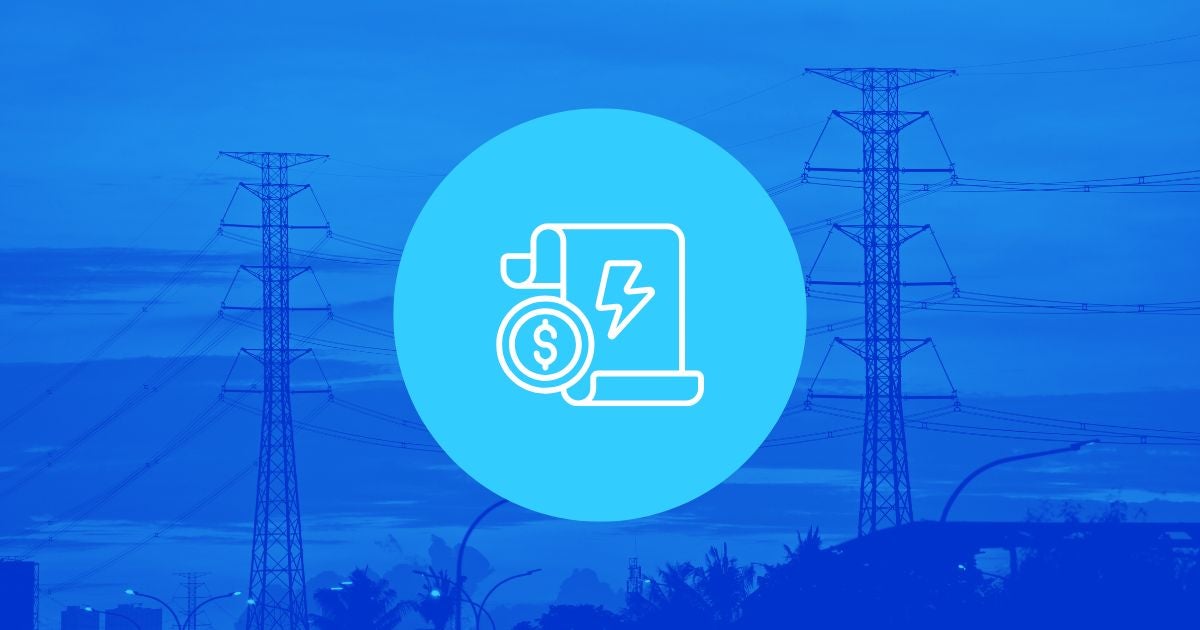How Much Will It Cost to Save the World?
 This post is by Tony Kreindler, Media Director for the National Climate Campaign at Environmental Defense Fund.
This post is by Tony Kreindler, Media Director for the National Climate Campaign at Environmental Defense Fund.
Last week, two reports came out that look at how much it will cost to drastically reduce the pollution that causes global warming. Both used economic models to project how the growth rate would change. One used a realistic set of assumptions, and the other stacked the deck with extreme assumptions.
But both of them look at only one half of the real question. They ask “How much will it cost?” (Answer: Surprisingly little). But we also have to ask, “What do we get in return for that investment?”
The first report was put out by the National Association of Manufacturers and the American Council for Capital Formation. Their numbers show some scary costs because of the assumptions they plugged in. As I said in this Miami Herald article, they figured in small use of renewable energy and other artificial constraints.
A more realistic analysis came out Friday from the EPA. The Wall Street Journal sums it up this way (subscription required, free version from Dow Jones news service):
The leading congressional proposal to control greenhouse-gas emissions could be implemented without significantly harming the nation’s economic growth over the next two decades, according to an analysis published Friday by the Bush administration.
So the investment is manageable. But what do we get for it? A more stable climate, for one. Lisa Moore discussed this most recently in her post about Earth systems that could be pushed past critical tipping points if we do nothing.
Or, put another way, if we don’t make this investment, what will we end up paying? We reviewed studies that looked at the price of climate disruptions in an earlier post, “Most Expensive Solution: Do Nothing.”
To summarize: If we invest in reducing pollution, we get cleaner air, more diverse sources of energy and lower risk of catastrophic climate changes – all at a price we can handle. We should jump at a bargain when we see one.













3 Comments
Some clarifications…
• Both reports specifically analyzed the Lieberman-Warner Climate Security Act of 2008, not cap-and-trade generally.
• Both reports are online: NAM-ACCF study, EPA Analysis [PDF], supporting data for the EPA analysis.
• The emphasis in the Wall Street Journal quote was not in the original.
It is SO easy for an economist to count costs….simply take today’s costs and multiply…. Insulation costs $x……so if we insulate a million houses it will cost a million $x.
It’s much harder to judge efficiencies. If we increase by fiat the market for insulation by a factor of 1,000 by how much will costs come down? Tricky. Better be cautious. Don’t want to over-estimate the power of competition and the market.
And it’s even harder to judge previously non-existent benefits. If we insulate more houses, we reduce the load on the grid, we allow energy production to take place further from population centers then there are fewer health problems from mercury from coal. There is a greater opportunity for local renewables. There is a reduced local surge effect when the weather changes – not just an overall consumption decrease. There are fewer roof ice-dams causing internal water damage as the roof stays freezing in winter. People can afford home ownership more easily as ongoing payments are reduced. etc etc etc Not to mention a reduced ‘need’ to kill people for oil and spend $3T in the process.
The examples are almost infinite, and certainly not comprehensively understood in the economic models. And we shouldn’t expect them to be fully understood until we fully understand the human motivation that underlies all economics. (I.e. never.)
So:
1) Economists have always been incapable of making good predictions (predictions that are as reliable as climate science, for example).
2) They tend to inflate the known and underestimate the unknown. So we have an inflated picture of the costs of going green using today’s technology and an underestimate of the benefits. And on the other side we have an inflated picture of the benefits of staying with our dirty economy and an underestimate of the costs of living through drastic climate change.
3) They ignore inter-country competition and assume a level playing field of costs and benefits free of an international market. If we are going to clean up our act is there an advantage in moving first and developing the approaches in-country? Or would we rather let Europe develop all of the technologies, techniques, infrastructure and knowledge and then buy this all in from European companies when we are forced by them (through trade policies) to live up to our obligations on this planet?
Summary of summary – the very mild ‘pain’ outlined by the economists above is probably non-existent. The pain of inaction is stupendous.
Quentin
Thanks for a great post, Quentin.
> Summary of summary – the very mild ‘pain’ outlined by the economists above is probably non-existent. The pain of inaction is stupendous.
I couldn’t agree more!